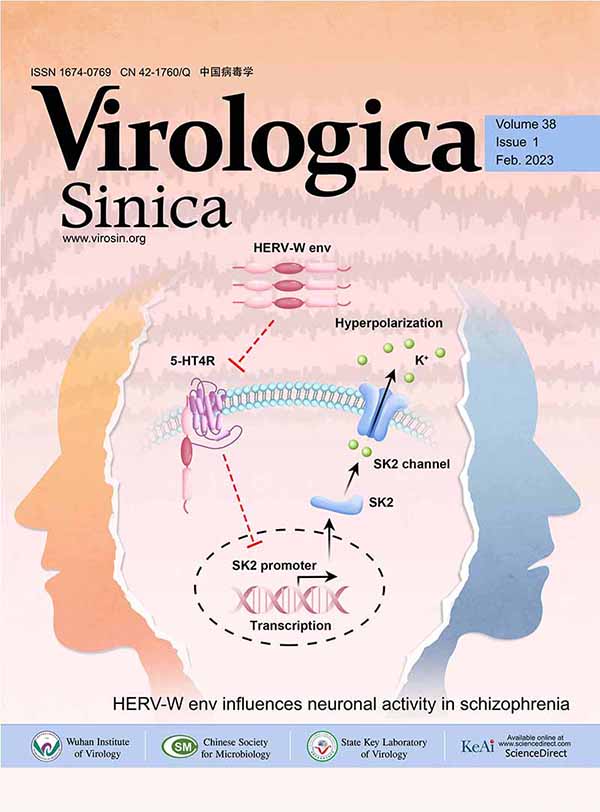Development of a Mouse Model of Acute Hepatitis B Virus Infection
Abstract: Using hydrodynamic injection. pUC18-HBV1. 3 containing a replication-competent, HBV1.3 supergenomic DNA, was injected into BALB/cJ mice through tail vain. HBV viremia was measured by real-time PCR. Serum concentrations of HBsAg were detected by sandwich ELISA HBeAg was detected and quantified by RIA using HBcAg standards to generate. Antibodies specific for HBsAg, and HBcAg were assayed by endpoint titration ELISA. HBV core protein expressed in the liver was visualized by immunohistochemical staining. Viral RNA and replicative DNA intermediates in liver were detected by Northern and Southern blot analyses, respectively. Hydrodynamic injection of pUC18-HBV1. 3 lead to viral gene expression and replication in vivo . The immune response to HBV. which was comparable with the characteristic response during acute HBV infection in man, was elicited in mice. A mouse model of acute hepatitis B virus infection can be developed by transfection of hepatocytes in vivo .













 DownLoad:
DownLoad: